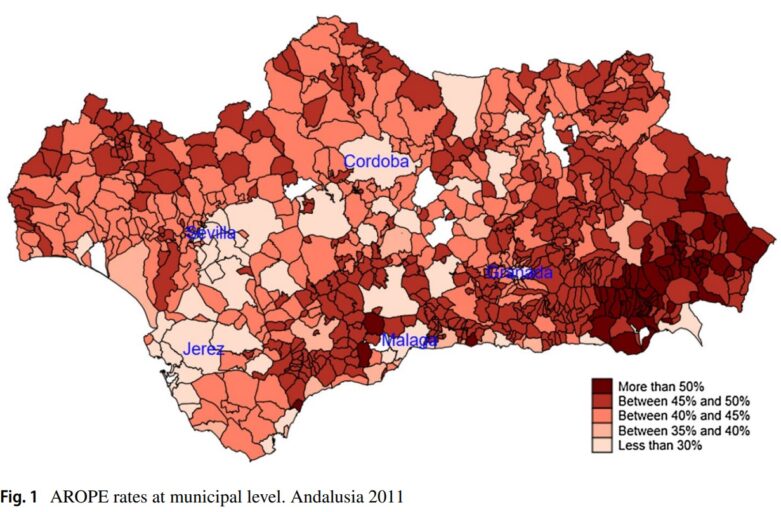In the newest paper from our colleagues Esteban Fernandez-Vazquez, Alberto Diaz Dapena, Fernando Rubiera-Morollon & Ana Viñuela from the University of Oviedo and University of Leon, there is proposition of a methodology to obtain social indicators at a detailed spatial scale by combining the information contained in census and sample surveys. Similarly to previous proposals, the method proposed here estimates a model at the sample level to later project it to the census scale. The main novelties of the technique presented are that (i) the small-scale mapping produced is perfectly consistent with the aggregates -regional or national- observed in the sample, and (ii) it does not require imposing strong distributional assumptions. The methodology suggested here follows the basics presented on Golan (2018) by adapting a cross-moment constrained Generalized Maximum Entropy (GME) estimator to the spatial disaggregation problem. This procedure is compared with the equivalent methodology of Tarozzi and Deaton (2009) by means of numerical experiments, providing comparatively better performance. Additionally, the practical implementation of the methodology proposed is illustrated by estimating poverty rates for small areas for the region of Andalusia (Spain).
Read the full open-access paper here.
Visit our repository page of scientific presentations and publications here.

